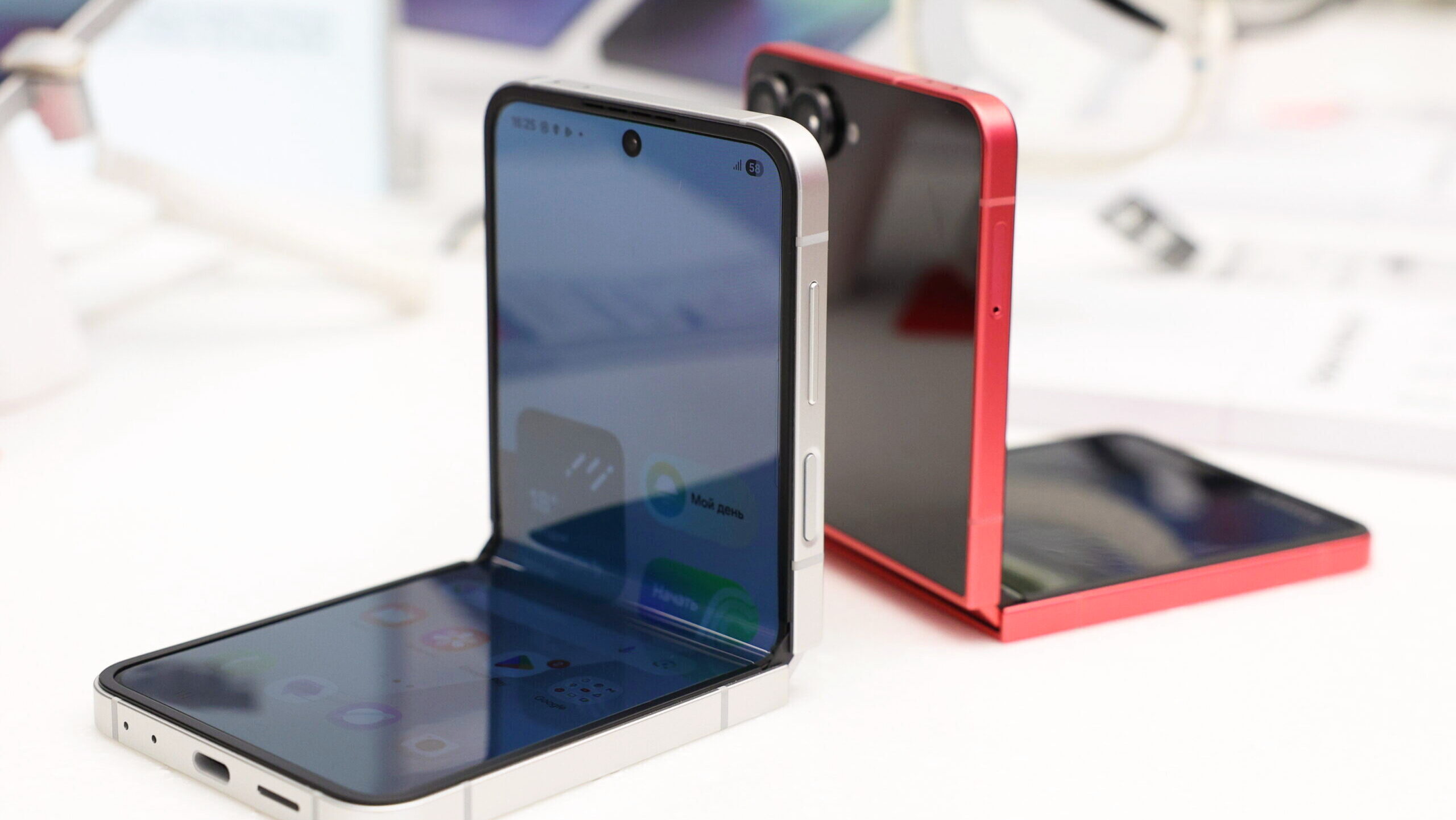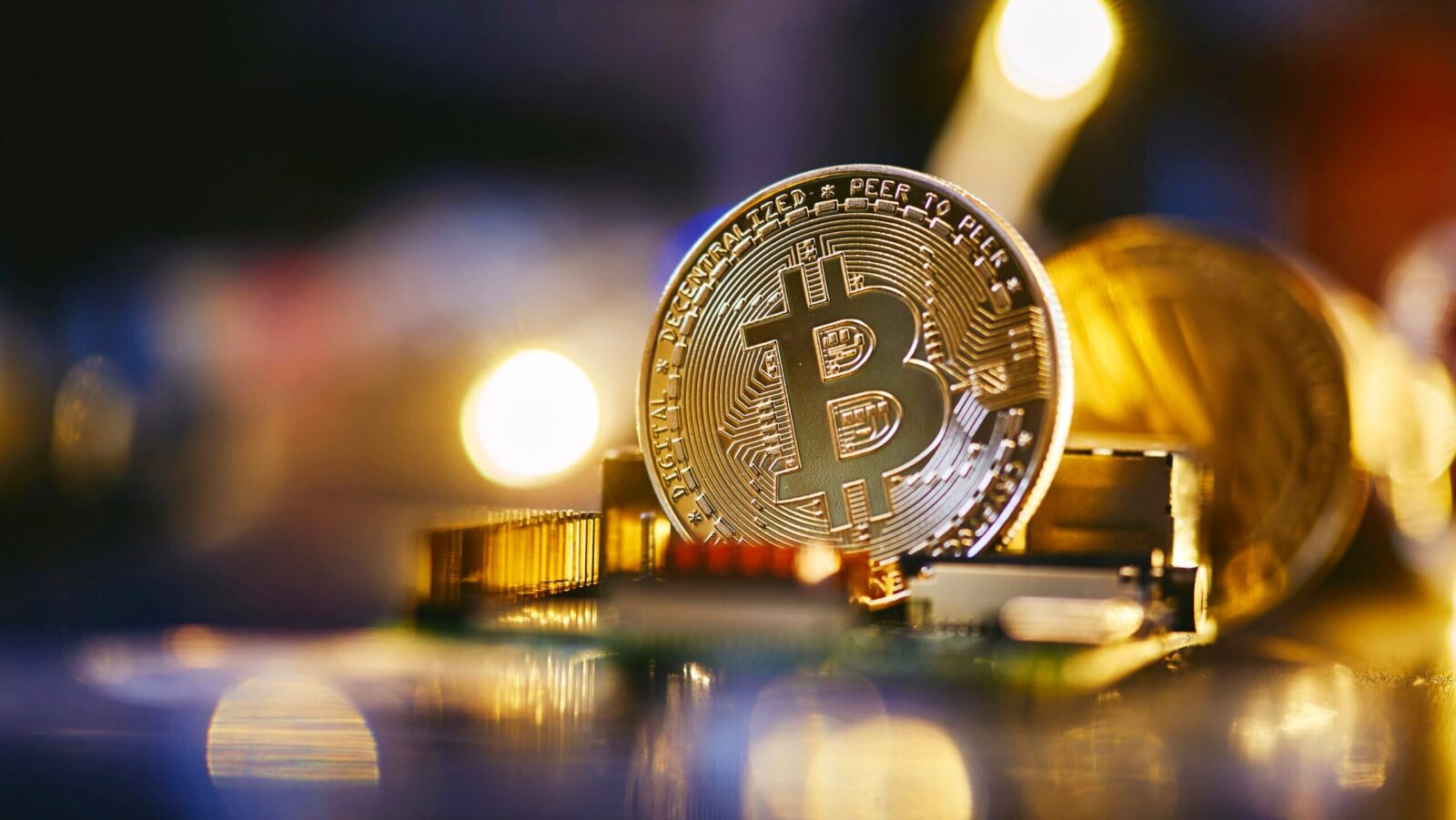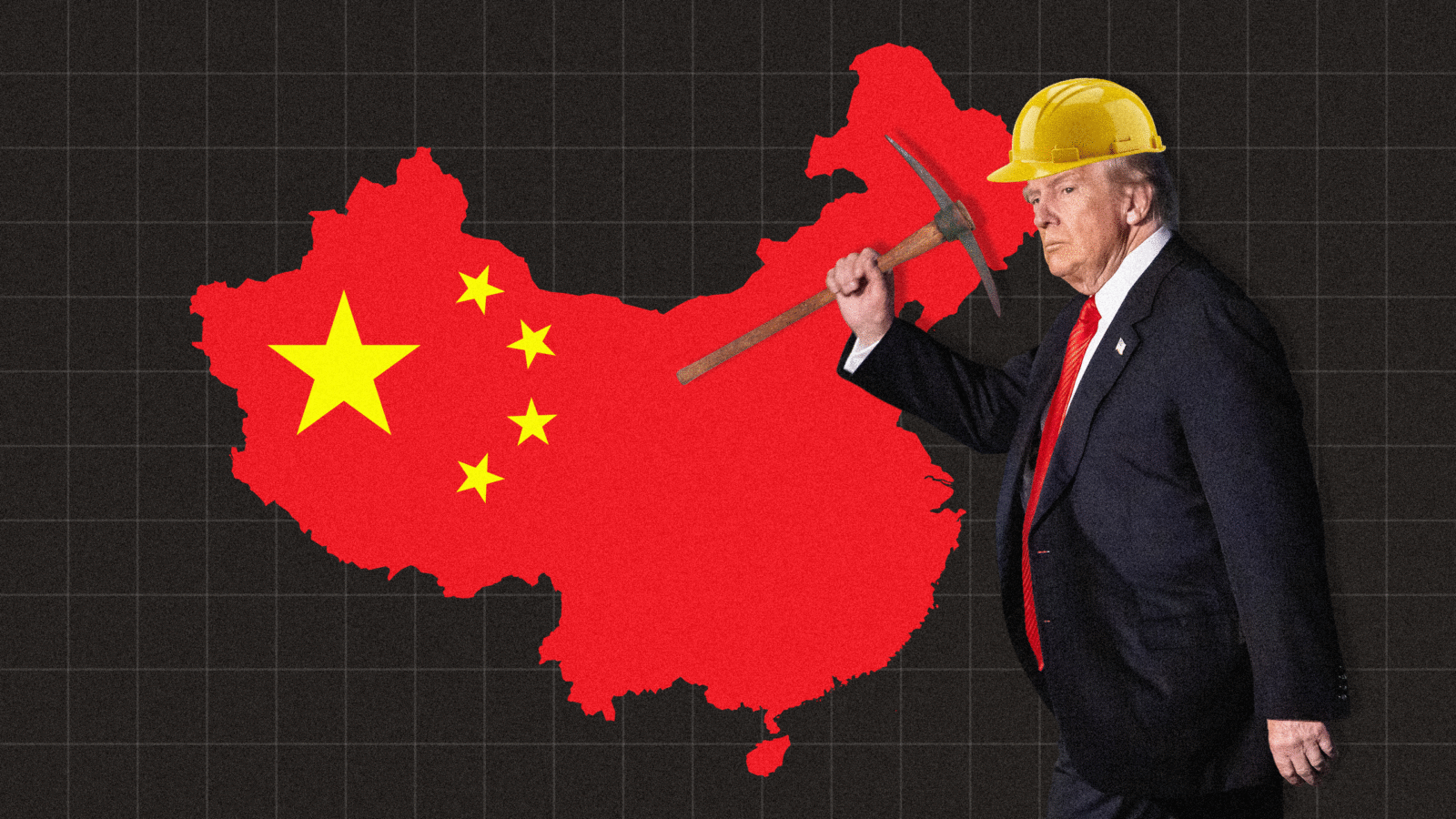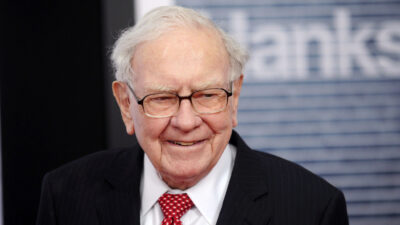Samsung Chips Away Bigger Share of US Smartphone Market
Samsung’s growth come directly at the expense of Apple, which now holds less than half of US market share.

Sign up for smart news, insights, and analysis on the biggest financial stories of the day.
Samsung keeps taking bigger bites out of Apple.
According to recently released data from research firm Canalys, the South Korean technology giant is making major strides in winning over US smartphone users, with its share of the overall market growing to 31% in the second quarter of the year, way up from just 23% a year ago. That has come directly at the expense of Apple, which now holds less than half of the US market.
Samsung, Phone Home
When it comes to smartphones, Apple has arguably been gripped for a few years now by the so-called “Innovator’s Dilemma,” the phenomenon in which a company’s overwhelming and long-lasting success in any given sector can lead to complacency and ultimately make it ripe for disruption. The iPhone, a sales juggernaut for nearly two decades, has only marginally evolved in the past few years; investors are still underwhelmed by Apple’s AI ambitions (or lack thereof), with its seeming inability to thoroughly AI-ify voice assistant Siri seen as particularly troubling. (On the other hand, change is risky for a company whose brand appeal is primarily based on intuitive design and an inherent usability … hence, the dilemma).
Samsung, long the US market’s also-ran, faces no such tension. The company has been far more flexible when it comes to design and price point — and the experiments are paying off, fueling a 38% year-over-year boost in shipments, per Canalys:
- In July, Samsung unveiled the Galaxy Z Fold 7, a foldable smartphone that can unfurl to a screen so large it’s practically a tablet, as well as the Z Flip 7, a more pocket-sized flippable smartphone that somewhat resembles 2000s-era “flip phones.” Apple has yet to unveil a foldable or flippable competitor, though JPMorgan analysts have recently told clients the company will probably release a foldable iPhone in September of next year.
- Meanwhile, prices for Samsung’s Galaxy Z line of smartphones run as low as $650 and as high as $2,400, giving consumers far more choice on price points compared with the iPhone’s catalogue. Canalys found that the lower-tier Samsung devices accounted for much of its growth in the second quarter; the cheapest iPhone in the current line runs $829.
Hold the Phone: Samsung’s strides in the smartphone market come just as it may be attracting a new investor: the US government. According to a Reuters report last week, US Commerce Secretary Howard Lutnick is exploring options for the government to take an equity stake in Samsung in exchange for the roughly $4.7 billion worth of funding the company scored as part of the Biden-era CHIPs Act, à la the government’s potential arrangement with Intel.











